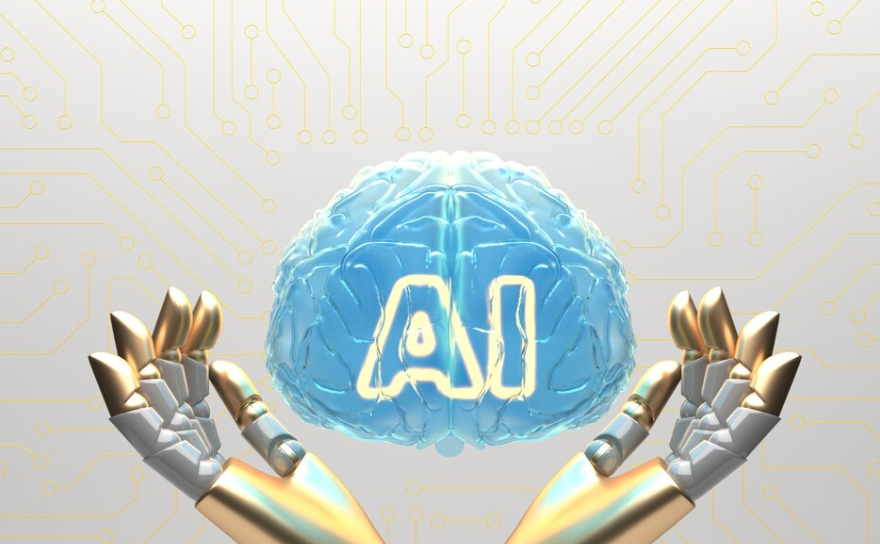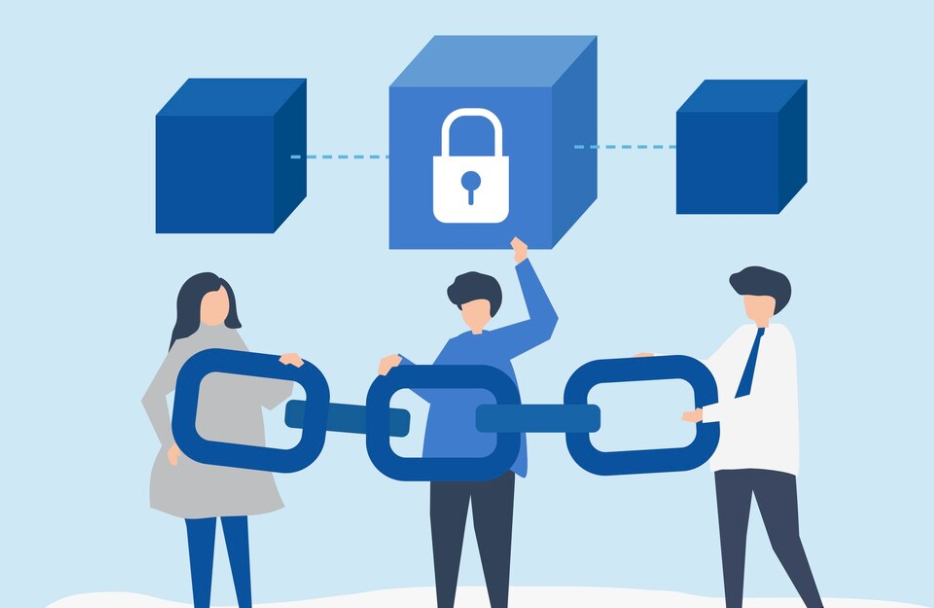As energy costs rise and concerns over environmental sustainability intensify, homeowners are looking for smarter ways to manage energy consumption. The Internet of Things (IoT) is playing a pivotal role in transforming energy management within homes. By connecting everyday devices to the internet, IoT allows homeowners to monitor, control, and optimize energy use in real-time. This article explores how IoT is revolutionizing energy management in residential settings, offering both convenience and efficiency.
What Is the Internet of Things (IoT)?
The Internet of Things refers to the network of physical devices, vehicles, appliances, and other objects embedded with sensors, software, and connectivity that enable them to collect and exchange data. In the context of home energy management, IoT devices can gather information about energy usage, environmental conditions, and system performance, providing valuable insights for homeowners.
IoT in Energy Management: How It Works
🌍 Smart Thermostats and HVAC Systems
One of the most common IoT applications in homes is smart thermostats. Devices like the Nest Thermostat or Ecobee allow homeowners to control their heating and cooling systems remotely via a smartphone app or through voice commands. These smart thermostats learn household habits and adjust temperature settings for maximum comfort and efficiency.
- Energy savings: Smart thermostats automatically adjust settings when the home is empty or when certain environmental conditions (like outdoor temperature) change.
- Remote control: Homeowners can adjust the thermostat even when they are not at home, ensuring energy is not wasted.
In addition to temperature control, IoT-enabled HVAC (heating, ventilation, and air conditioning) systems can optimize performance based on usage patterns and environmental data, reducing energy waste.
💡 Smart Lighting Systems
Traditional lighting systems waste energy by keeping lights on when they are not needed. IoT-enabled smart lighting systems, such as Philips Hue or LIFX, allow users to control their lights remotely and set schedules.
- Motion sensors can turn lights off when a room is unoccupied.
- Dimming features automatically adjust light intensity based on the time of day or natural light levels, reducing energy consumption.
Smart lighting also integrates with other IoT devices, such as security systems, enhancing both energy efficiency and home safety.
⚡ Energy-Efficient Appliances
Modern appliances, such as refrigerators, washing machines, and dryers, are becoming increasingly IoT-enabled. These smart appliances can be monitored and controlled remotely, helping homeowners optimize energy usage.
- Smart refrigerators can track energy consumption and adjust cooling based on internal and external temperatures, keeping food fresh without using excess power.
- Dishwashers and washing machines can be programmed to run during off-peak hours, when electricity rates are lower, or to detect load size and adjust water and energy usage accordingly.
These appliances not only help reduce energy costs but also promote more sustainable living by using energy only when necessary.
📊 Energy Monitoring and Analytics
IoT-based energy monitoring systems provide real-time data about a home’s energy consumption. These systems use smart meters and connected sensors to measure electricity usage and offer detailed insights via apps or dashboards.
- Energy usage analytics: Homeowners can track their electricity usage by appliance, time of day, or even by room.
- Consumption patterns: By identifying high-energy consumption areas, homeowners can take proactive steps to reduce waste.
These systems help identify inefficiencies, enabling homeowners to make informed decisions on how to cut back on unnecessary energy use and lower their carbon footprint.
The Benefits of IoT for Home Energy Management
💰 Cost Savings
By optimizing energy usage, IoT-enabled devices can significantly lower utility bills. Homeowners can identify energy-hungry appliances, adjust usage patterns, and make smarter decisions about when and how to use energy.
- Automatic adjustments to heating, lighting, and appliances can reduce overall consumption.
- Demand response programs can help homeowners participate in utility programs that offer incentives for reducing energy use during peak hours.
🌱 Environmental Impact
IoT-driven energy management contributes to environmental sustainability by promoting energy efficiency. Lower energy consumption means fewer resources are used, leading to:
- Reduced carbon footprint: IoT helps reduce overall energy consumption, which in turn lowers greenhouse gas emissions.
- Sustainable living: By optimizing home energy systems, IoT encourages more sustainable and eco-friendly lifestyles.
🏡 Convenience and Control
IoT-enabled energy management provides homeowners with greater control over their living environment. The ability to manage energy consumption remotely and automate systems adds convenience to daily life, allowing for a more comfortable, efficient, and customized living space.
- Remote monitoring enables homeowners to control energy usage from anywhere, even when on vacation or at work.
- Automation: Once set, IoT devices can automatically adjust to optimize energy use without requiring constant intervention.
Challenges and Considerations
Despite the many advantages, integrating IoT for energy management in homes does come with its challenges:
- Initial costs: Setting up IoT systems can involve significant upfront costs, particularly for devices like smart thermostats, sensors, and appliances.
- Security concerns: As with any connected device, there are risks related to data security and privacy. Ensuring that IoT devices are secure and protected from cyber threats is crucial.
- Compatibility: Integrating different IoT devices, especially from various manufacturers, may require technical know-how to ensure they all work seamlessly together.
The Future of IoT in Home Energy Management
The future of IoT in home energy management looks promising. As technology continues to advance, we can expect even smarter, more integrated systems that offer:
- Smarter grids that connect homes with energy providers in real time, optimizing energy distribution across the entire network.
- AI-driven energy management that learns from patterns and anticipates energy needs, offering more efficient and proactive solutions.
- Integration with renewable energy sources, such as solar panels and wind turbines, to further reduce dependence on non-renewable energy sources.
As IoT devices become more affordable and easier to install, they will become a standard feature in many homes, providing smarter, greener, and more cost-effective living environments.
Conclusion: A Smarter, More Sustainable Home
The integration of IoT in home energy management represents a significant step towards a more sustainable and efficient future. By providing homeowners with the tools to monitor, control, and optimize energy usage, IoT is not just changing how we consume energy but how we think about it.
With growing concerns about climate change and rising energy costs, IoT-powered solutions are an essential part of creating smarter, more energy-efficient homes — and a greener planet.


